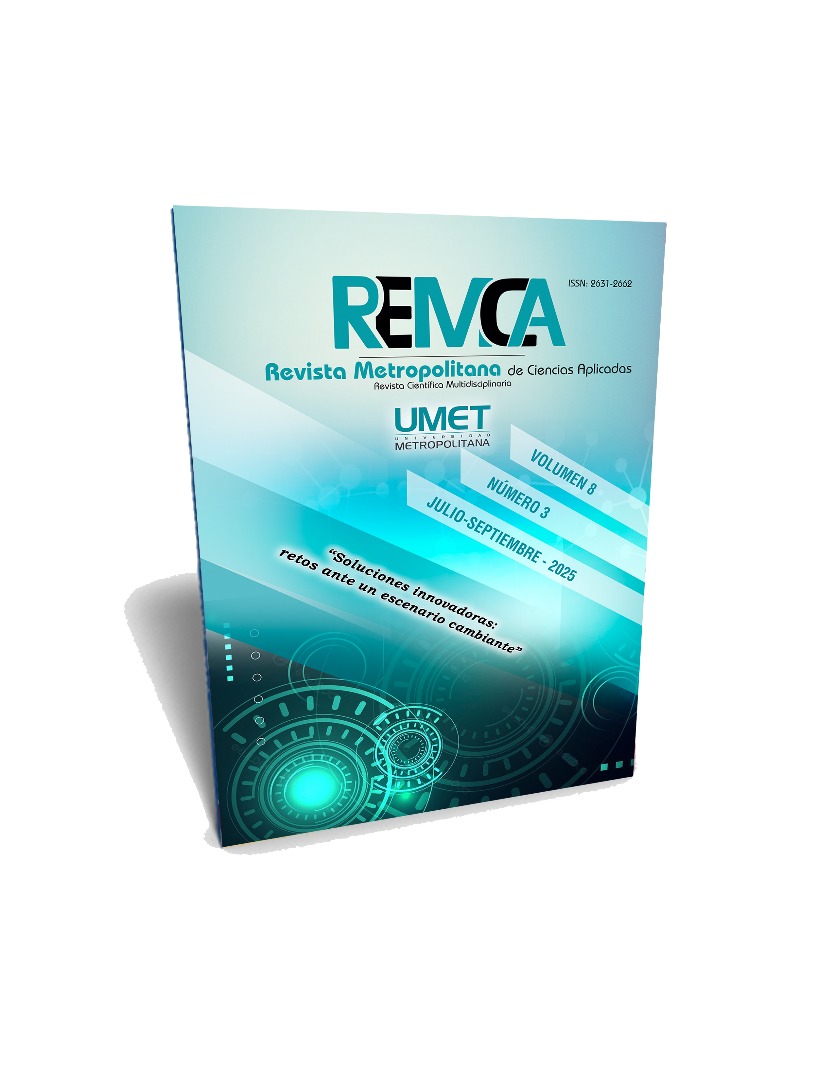Improving Georgia's energy security through natural gas exports from Iran
DOI:
https://doi.org/10.62452/3bdww962Keywords:
Gas, security , region, energy, stabilityAbstract
Georgia’s energy security is increasingly vulnerable due to its reliance on Russian and Azerbaijani natural gas, exposing it to supply disruptions and geopolitical pressures. Iran, with the world’s second-largest natural gas reserves, offers a viable alternative to diversify Georgia’s energy mix. Despite U.S. and international sanctions on Iran’s energy sector, historical precedents—such as Iran’s emergency gas supply to Georgia in 2006—and innovative gas swap contracts, like the 2024 Turkmenistan deal, highlight the potential for energy cooperation. This article examines the strategic, economic, and diplomatic opportunities for Iran-Georgia collaboration, drawing on global examples of sanctions exemptions and academic literature to propose a framework for Georgia to secure Iranian gas imports legally. By leveraging regional infrastructure, diplomatic engagement, and creative trade mechanisms, Georgia can enhance its energy security, reduce dependence on dominant suppliers, and strengthen bilateral ties with Iran, contributing to regional stability in the South Caucasus.
Downloads
References
Bhaduli, P. (2021). Pipeline politics in south Caucasus: security implications for Russia. International Journal of Education and Science Research Review, 8(5). https://ijesrr.org/publication/75/312.%20august%202021%20ijesrr.pdf
Caucasus Watch. (2024). Russia and Iran Up, Azerbaijan Down in Georgia's 2023 Gas Import Charts. https://caucasuswatch.de/en/news/russia-and-iran-up-azerbaijan-down-in-georgias-2023-gas-import-charts.html
Civil Georgia. (2006). Iranian Gas Flows to Georgia. https://civil.ge/archives/109709
Goldthau, A., & Sitter, N. (2015). A Liberal Actor in a Realist World: The European Union and Global Energy Governance. Oxford University Press.
International Energy Agency. (2022). Georgia: Natural Gas. https://www.iea.org/countries/georgia/natural-gas
International Energy Agency. (2024a). Iran’s energy overview, 2022. https://www.eia.gov/international/analysis/country/IRN
International Energy Agency. (2024b). Iran 2023 primary energy data in quadrillion Btu. https://www.eia.gov/international/overview/country/IRN
Karimli, I. (2025). More Azerbaijani Gas to Reach Europe Amidst Increasing Demand: President Aliyev. https://caspiannews.com/news-detail/more-azerbaijani-gas-to-reach-europe-amidst-increasing-demand-president-aliyev-2025-1-8-0/
Klare, M. (2009). Rising Powers, Shrinking Planet: The New Geopolitics of Energy. MacMillan.
Kosolapova, E. (2016). Iran can supply gas to Georgia in swap scheme. https://en.trend.az/scaucasus/georgia/2496295.html
Nadarashvili, G. (2023). Iran and Energy Security in the Region. Analytical Center. Public Policy Institute.
Putz, C. (2025). Turkmenistan settles gas swap deal with Turkiye, Iran. https://thediplomat.com/2025/02/turkmenistan-settles-gas-swap-deal-with-turkiye-iran
Shaffer, B. (2020). U.S. Sanctions on Iran: Is Natural Gas Next? https://www.fdd.org/analysis/2020/05/11/us-iran-sanctions-natural-gas-next/
Taktakishvili, N. (2025). Share of renewable energy in Georgia’s power generation made up 80.3%. https://bm.ge/en/news/the-share-of-renewable-energy-in-georgias-power-generation-made-up-803-omnia
Yergin. D. (2006). Ensuring Energy Security. https://www.foreignaffairs.com/articles/2006-03-01/ensuring-energy-security
Downloads
Published
Issue
Section
License
Copyright (c) 2025 Maia Kapanadze, Seyed Mojtaba Mousavi (Autor/a)

This work is licensed under a Creative Commons Attribution-NonCommercial-ShareAlike 4.0 International License.
Authors who publish in Revista Metropolitana de Ciencias Aplicadas (REMCA), agree to the following terms:
1. Copyright
Authors retain unrestricted copyright to their work. Authors grant the journal the right of first publication. To this end, they assign the journal non-exclusive exploitation rights (reproduction, distribution, public communication, and transformation). Authors may enter into additional agreements for the non-exclusive distribution of the version of the work published in the journal, provided that acknowledgment of its initial publication in this journal is given.
© The authors.
2. License
The articles are published in the journal under the Creative Commons Attribution-NonCommercial-ShareAlike 4.0 International License (CC BY-NC-SA 4.0). The terms can be found at: https://creativecommons.org/licenses/by-nc-sa/4.0/deed.en
This license allows:
- Sharing: Copying and redistributing the material in any medium or format.
- Adapting: Remixing, transforming, and building upon the material.
Under the following terms:
- Attribution: You must give appropriate credit, provide a link to the license, and indicate if any changes were made. You may do this in any reasonable manner, but not in any way that suggests the licensor endorses or sponsors your use.
- NonCommercial: You may not use the material for commercial purposes.
- ShareAlike: If you remix, transform, or build upon the material, you must distribute your creation under the same license as the original work.
There are no additional restrictions. You may not apply legal terms or technological measures that legally restrict others from doing anything the license permits.




